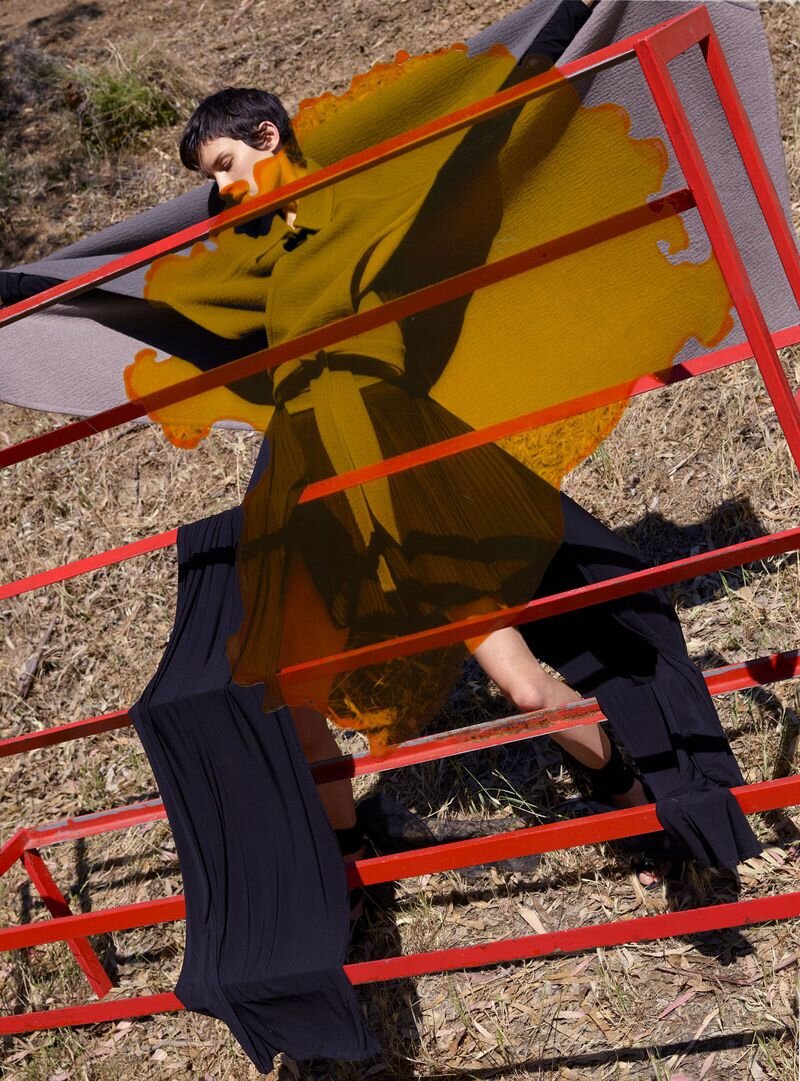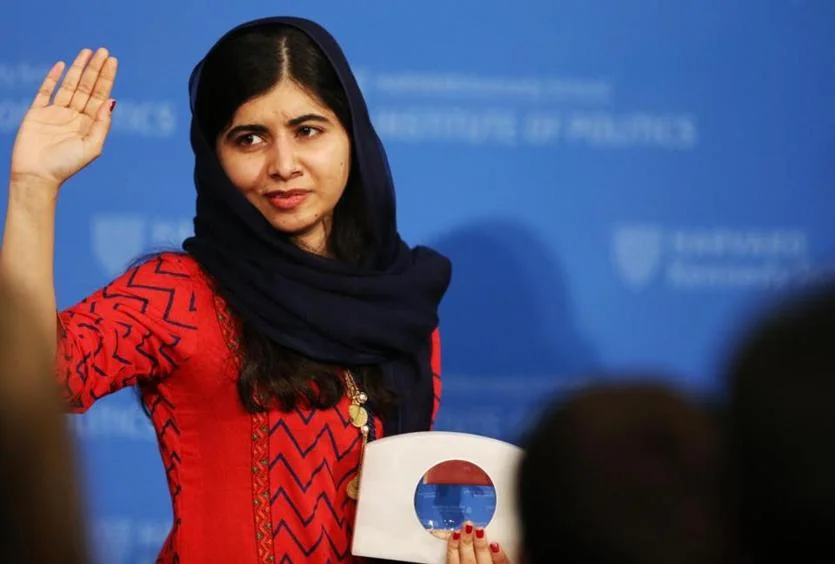'The Places We Live': Four Monumental Slums Typify 'Home' for More Than One Billion People
/ Jonas Bendiksen INDIA. Mumbai. 2006. A girl walks along a water pipe in the Industrial Area of Dharavi. Although it functions as a throroughfare through this area of the slum, the water in the pipes is headed for the more affluent southern areas of the city.In 2008, for the first time in human history, more people lived in cities than in rural areas. One-third of these urban dwellers—more than one billion people—resided in slums. That number is expected to rise substantially: the United Nations forecasts that the number of slum dwellers will double to two billion people within the next 25 years. Poverty is urbanizing at breakneck speed, and there are few overarching plans to address how cities can accommodate this rapid influx of humans.
Jonas Bendiksen INDIA. Mumbai. 2006. A girl walks along a water pipe in the Industrial Area of Dharavi. Although it functions as a throroughfare through this area of the slum, the water in the pipes is headed for the more affluent southern areas of the city.In 2008, for the first time in human history, more people lived in cities than in rural areas. One-third of these urban dwellers—more than one billion people—resided in slums. That number is expected to rise substantially: the United Nations forecasts that the number of slum dwellers will double to two billion people within the next 25 years. Poverty is urbanizing at breakneck speed, and there are few overarching plans to address how cities can accommodate this rapid influx of humans.
 “Kampongs”, Indonesia. “We are all scavengers here. We live under the bridge, about 40 of us. I came here 7 years ago when there were no lights, no electricity. Now it is much better. I brought in my friends, cousins, nephews and neighbours. We are all here together with one common goal. We want to work, so we can eat&help; Most people think trash is disgusting. We don’t say no to it as long as we can feed our families.”
“Kampongs”, Indonesia. “We are all scavengers here. We live under the bridge, about 40 of us. I came here 7 years ago when there were no lights, no electricity. Now it is much better. I brought in my friends, cousins, nephews and neighbours. We are all here together with one common goal. We want to work, so we can eat&help; Most people think trash is disgusting. We don’t say no to it as long as we can feed our families.”
Magnum photographer Jonas Bendiksen has lived with families in four major global slums:
- Kibera in Nairobi, Kenya
- Dharavi in Mumbai, India
- The ‘barrios’ of Caracas, Venezuela
- The ‘kampongs’ of Jakarta, Indonesia
In late summer 2005 stay in Nairobi, Bendiksen was immediately struck by the residents’ awesome capacity to create normalcy and dignity out of extremely challenging living conditions.
 Kiberia, Nairobi, Kenya. The Mora Household. Six children, one mommy and the grandmother. They live in one room. His stay in Nairobi sparked a three-year project documenting households and families in Caracas, Mumbai, and Jakarta. Bendiksen attempted to challenge some of his own assumptions about urban poverty. He discovered that it was impossible to generalize the lives and experiences of one-sixth of the world’s population. He discovered that—beyond the common perceptions of poverty, misery, destitution, insecurity, and danger—that there were more stories that needed to be expressed.
Kiberia, Nairobi, Kenya. The Mora Household. Six children, one mommy and the grandmother. They live in one room. His stay in Nairobi sparked a three-year project documenting households and families in Caracas, Mumbai, and Jakarta. Bendiksen attempted to challenge some of his own assumptions about urban poverty. He discovered that it was impossible to generalize the lives and experiences of one-sixth of the world’s population. He discovered that—beyond the common perceptions of poverty, misery, destitution, insecurity, and danger—that there were more stories that needed to be expressed.
 More people die in Caracas Venezuela, than in any other country not at war. In The Places We Live, Bendiksen captures the enterprise and hard-work, hope and humor, and love and compassion that occur even in the face of some of the world’s most difficult environments.
More people die in Caracas Venezuela, than in any other country not at war. In The Places We Live, Bendiksen captures the enterprise and hard-work, hope and humor, and love and compassion that occur even in the face of some of the world’s most difficult environments.
Bendiksen’s works will be shown from September 15, 2009 - November 15, 2009 at the National Building Museum in Washington.
Text via National Building Museum website.
Visit The Places We Live website. It’s a multi-media project, one of the finest productions I’ve seen online. If you’re unmoved … what can I say…Anne
Madonna Bring a Human Face to Rio’s Favelas






















































